Intense activity on the sun: "It seems like we’re either at the peak or just past it"
The sun recently had its most powerful eruptions in 2025.
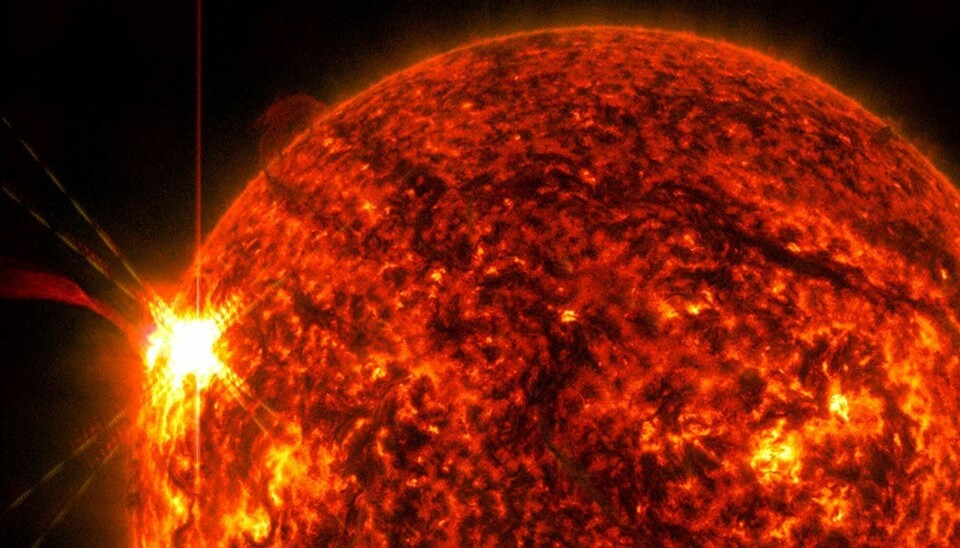
Recently, the sun emitted a very powerful eruption, called an X-class solar flare.
This is the most powerful eruption measured so far in 2025, according to NASA. Such eruptions can send magnetic clouds towards Earth, which can cause major problems for both power grids and, for example, air traffic.
You can read more about how such events have caused massive power outages in both Sweden and Canada in modern times on Science Norway.
These are called geomagnetic storms. Such a cloud, called a Coronal Mass Ejection (CME), was not sent towards Earth this time.
It hits Mars
But a cloud was ejected, directed at Mars. It hit the Red Planet on May 18, and likely create auroras across the entire planet, according to the site Spaceweather.
"If it had come towards us, we probably would've taken it seriously," Magnar Gullikstad Johnsen tells Science Norway.
He heads the Tromsø Geophysical Observatory and works on creating space weather forecasts in Norway.
The explosion caused some disturbances, including to certain radio signals in the atmosphere, according to NOAA.
Below you can see a video of the explosion, observed by the Solar Dynamics Observatory (NASA).
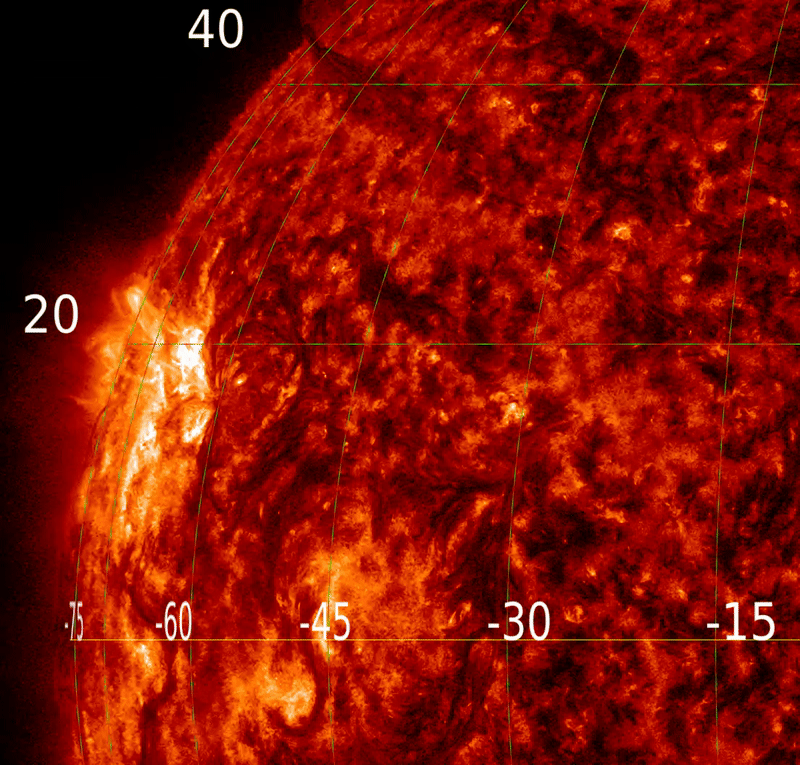
The sunspots that caused this eruption are now rotating in the direction of Earth. For a CME to hit us and potentially cause issues – like disruptions to the power grid – they need to be facing directly at us.
In the worst case, such a cloud takes about a day to arrive; on average, it takes two days, says Johnsen. So there is some time to prepare, even though there are many uncertainties.
Johnsen explains that the current situation seems less dangerous than when the sunspots first appeared, as much of the intense magnetic energy has already been released.
"They've sort of emptied themselves a bit," he says.
But there is still a chance that these spots could create explosions that affect Earth for another three to four days.
According to several forecasting services, more large flares could occur in the very near future.
We are now deep into the solar maximum phase of the current cycle.
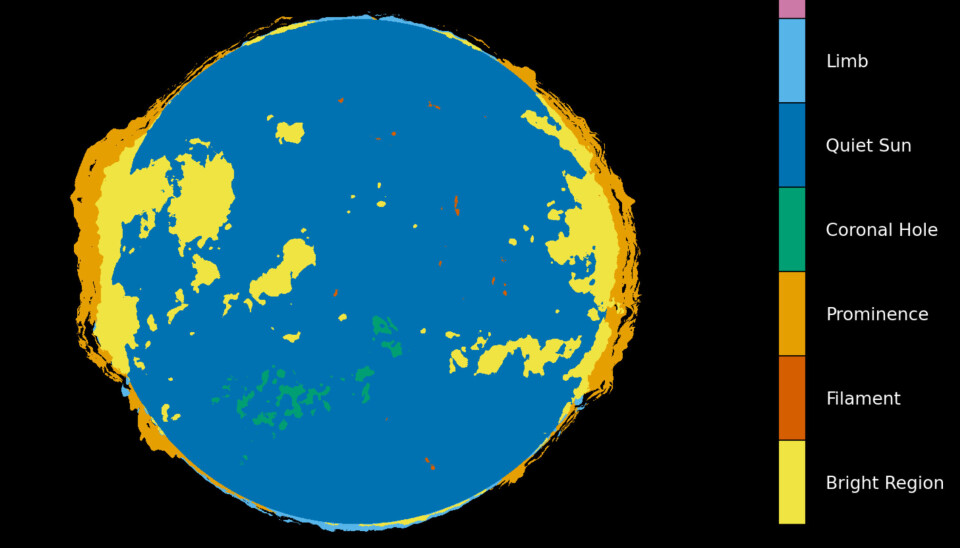
Magnetic fields that twist and turn
The sun is at its most active these days, but we don't know exactly when the peak was reached.
"It seems like we’re either at the peak or just past it," Magnar Gullikstad Johnsen tells Science Norway.
He refers to the Royal Observatory of Belgium, which monitors the solar cycles.
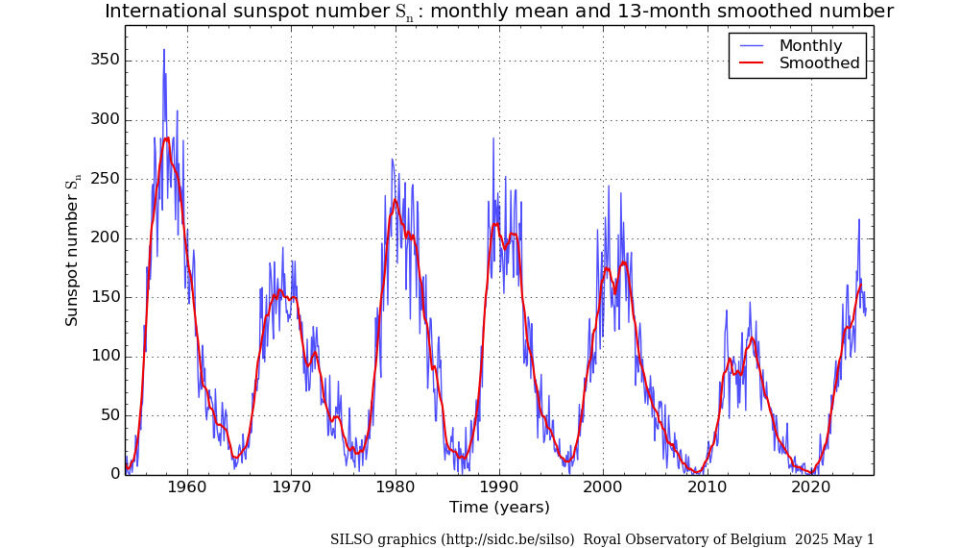
This means the sun is now in the most active phase of its roughly 11-year cycle.
New groups of sunspots are forming more frequently. These are regions of extremely strong magnetic fields that appear on the sun’s surface.
These magnetic fields twist, compress, and turn. Occasionally, the built-up energy is released in massive explosions, sending highly energetic particles and magnetic clouds into space.
Such events are relatively common during this period, which marks the peak of the solar cycle, known as the solar maximum.
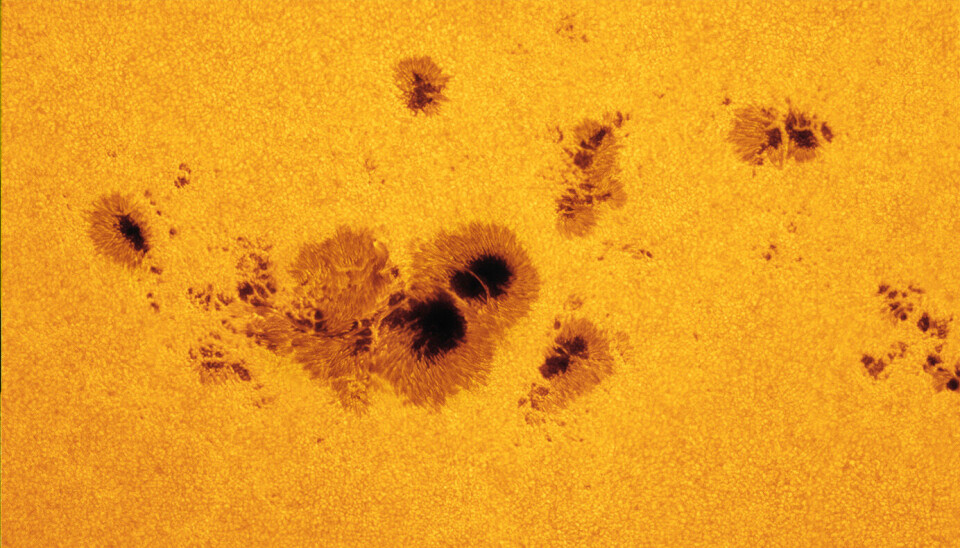
Johnsen explains that we can't know the exact status of the solar cycle right now. In about a year's time, we will be able to see how the sunspots have developed. The statistical trend will then show us where we are in the cycle.
This is measured by the sunspot number, which tracks how many sunspots appear on the sun over a specific period.
That is also why it is difficult to determine exactly when a cycle begins, as Science Norway reported in 2020. It is now clear that the current cycle began in December 2019.
Most viewed
Right now, we're in the phase with the highest risk of experiencing strong solar disturbances.
Not the most powerful event in Solar Cycle 25
In October 2024, an extremely powerful explosion occurred on the sun – a stronger variant of an X-class flare. This is the most powerful solar flare recorded in this solar cycle so far, according to SpaceWeatherlive.com.
But the relationship between the strength of the explosion and its impact on Earth is not straightforward. A massive flare doesn’t necessarily result in serious consequences here.
Immediately after such an explosion, large amounts of high-energy radiation are released, which can disrupt radio signals on Earth. This radiation travels at the speed of light and reaches us in about eight minutes.
A real-world example of this happened in 2015, when a solar storm disrupted radar systems in Sweden, causing major problems for air traffic, according to the news site Daily Beast.
But after several waves of radiation, it's this cloud of magnetic gas that can hit Earth – if the explosion occurs in the 'right direction,' meaning directly towards us.
These solar clouds carry magnetic fields that can cause significant disruptions to power grids, communication systems, and modern technology.
Despite our increasing dependence on electricity and digital infrastructure, humanity has not yet experienced a major geomagnetic storm powerful enough to disable a large region.
These clouds are gigantic, and their effects can last for several days, says Magnar Gulliksen Johnsen.
———
Translated by Alette Bjordal Gjellesvik
Read the Norwegian version of this article on forskning.no
Related content:

Subscribe to our newsletter
The latest news from Science Norway, sent twice a week and completely free.



























































